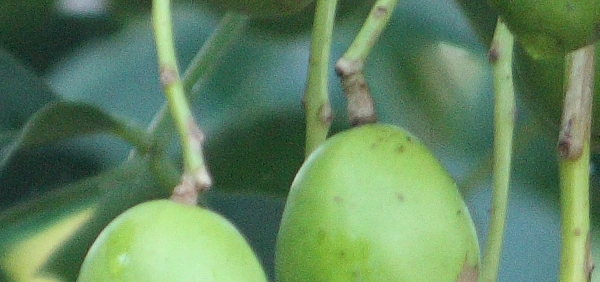giriparpat :

General Use:
Podophyllum has been used topically in the treatment of genital warts and hairy leukoplakia. Semisynthetic derivatives of podophyllotoxin are used to treat RA and various cancers, including refractory testicular tumors and small-cell lung cancer; however, limited information is available. Use as a cathartic is considered unsafe.Therapeutic Uses:
Rhizomes are used for typhoid fever, jaundice, dysentery, chronic hepatitis, scofula, rheumatism, skin diseases, tumerous growth, kidney & bladder problems.
Plant is also used for gonorrhoea, and syphilis.
The podophyllum is used as a purgative and also for treatment of vaginal warts.
Two derivatives of podophyllotoxin, called eloposide and teniposide are employed for treatment of cancers. Root paste is applied on ulcers, cuts and wounds.
Systemic Use:
The plant contains podophyllin, which has an antimiotic effect (it interferes with cell division and can thus prevent the growth of cells). It is, therefore, a possible treatment for cancer, and has been used especially in the treatment of ovarian cancer. The roots are also antirheumaticAdministration:
Gum resinPharmacological:
The whole plant, but especially the root, is cholagogue, cytostatic and purgative- » Classification and names of giriparpat
- » Synonyms and definitions of giriparpat
- » Drug Properties of giriparpat
- » Chemical Constituents of giriparpat
- » Standardization of giriparpat
- » Parts used and Dosage of giriparpat
- » Morphology and Histology of giriparpat
- » Distribution and Conservation of giriparpat
- » Cultivation of giriparpat
- » giriparpat in the market
- » Medicinal Uses of giriparpat
- » Researches and clinical trails of giriparpat
- » giriparpat in other sytems of medicine
- » Ayurvedic formulations with giriparpat
- » Images of giriparpat












